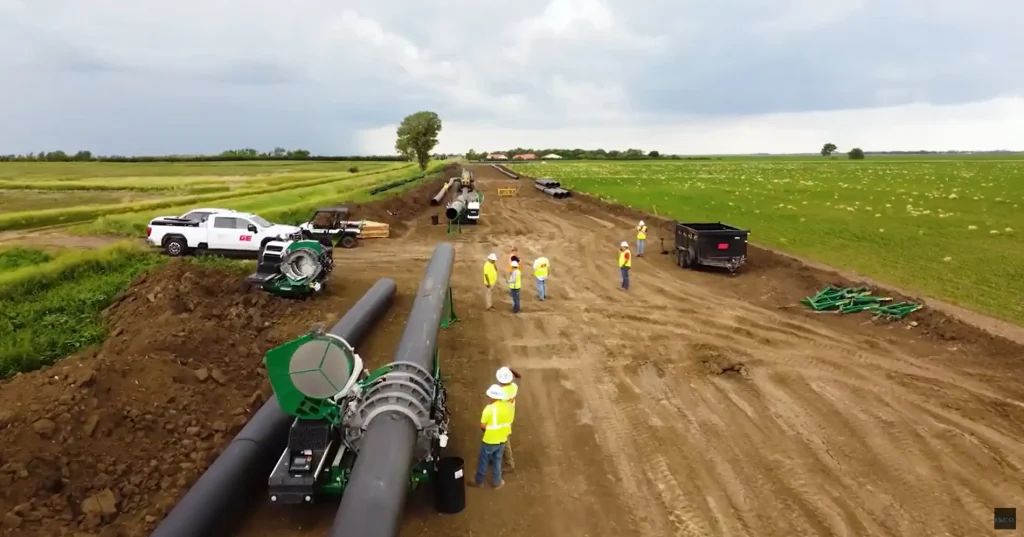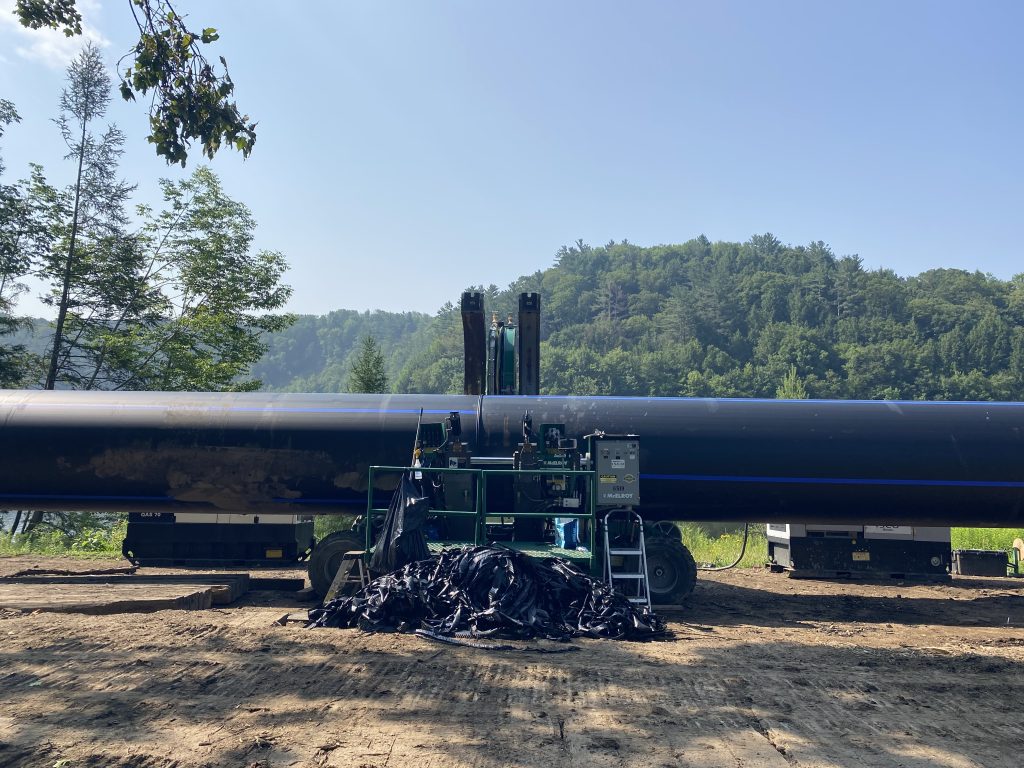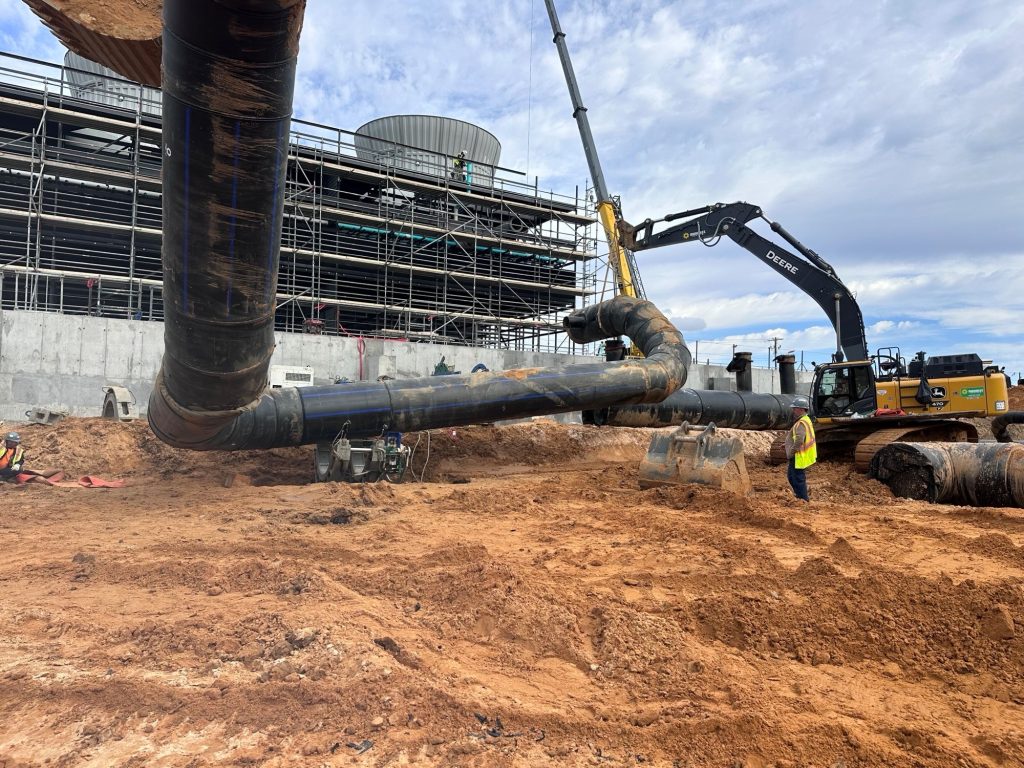Resources
Field Reports
At Kennedy Space Center, Culvert Failure is Not an Option
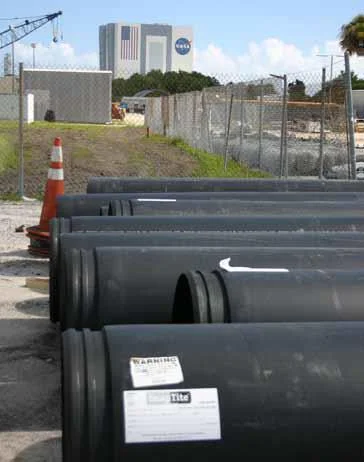
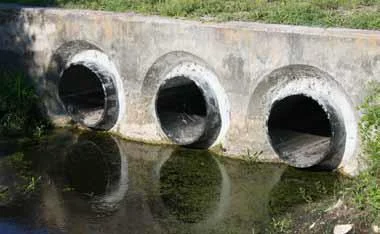
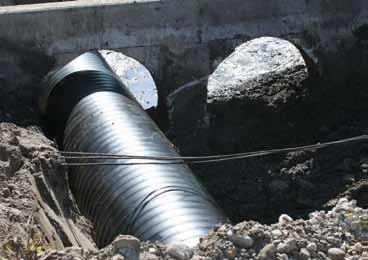
Situated near Orlando, Florida, NASA’s John F. Kennedy Space Center is the location where the first humans to walk on the moon were launched into space. It is part of NASA’s Constellation Program preparing for new missions back to the moon, NASA’s Launch Services Programs as well as the Space Shuttle Program.
While preparing for its final space shuttle missions, the Kennedy Space Center was also focusing on improving areas within its vicinity to help make room for change. As part of this improvement, the Space Center identified multiple culverts that needed repair. Some of these culverts were installed 40 years ago and had reached or exceeded their design life.
Yang Enterprises, a contractor at the Kennedy Space Center for the past 20 years, is in charge of maintaining and improving the roads and grounds. Therefore, the Yang Enterprises team is also in charge of repairing or replacing any existing culverts in need of maintenance. After investigating several culverts on-site, they identified seven culverts that needed immediate repair. However, as the Space Center sits adjacent to a wildlife refuge, care had to be taken not to disturb the natural life and environment during repairs.
Joel Waters, the support services manager for roads and grounds at the Space Center and managing supervisor with Yang Enterprises, spoke with ISCO Industries representative Bob Kerr and Snap-Tite representative Bruce Larson about possible cost-effective solutions for repairing these culverts. After investigating several alternatives, it was decided that relining the culverts was a better option than a dig and replace method because it would save time and money, while leaving the environmentally sensitive area largely undisturbed.
Initially, three 60 foot-long 32-inch culverts were relined with 28-inch Snap Tite high-density polyethylene (HDPE) pipe. Snap-Tite pipe has machined “male” and “female” ends that are joined together without the use of butt fusion. Rather the ends are “snapped” together, creating a water-tight seal.
During installation of the Snap-Tite, the Yang Enterprises crew encountered three different scenarios for each of the culverts. According to Waters, the first culvert was the easiest to install. However, the second 32-inch culvert was more difficult to reline. Yang Enterprises had to cut parts of it out because the old culvert had deteriorated to the point that portions had collapsed or were deformed.
The third culvert was the most difficult to reline because of the amount of debris inside and the fact that it was failing. They solved the problem by bullet nosing the end of one of the Snap-Tite pipes to push it through to the end.
“The reline of the three culverts was a perfect learning opportunity for the crew,” said Waters who indicated this was the first time many of the crew worked with Snap-Tite. “Since the first culvert was a breeze to reline, the crew was able to get the hang of how to reline using the Snap-Tite pipe. They saved the most difficult culvert for last but by then they were experienced enough to handle it.”
There were also two 48-inch CMP culverts that had partially collapsed. Kerr and Waters discussed and investigated additional options for a repair or replacement at this site. For the 48-inch CMPs Waters decided to use another type of HDPE pipe, in this case closed profile HDPE pipe (made with Profile Pipe Technologies, PPT, equipment). The profile pipe was joined using a bell and spigot method.
In order to maintain flow capacities at this site, ISCO’s Kerr suggested the use of 36-inch inside diameter closed profile HDPE pipe for the two larger culverts. The pipe’s low resistance to flow was critical to properly drain the area. The 36-inch pipe served as a liner for the damaged sections of the culverts, while also serving as a replacement pipe for the sections that had collapsed.
During the installation of the closed profile pipe, some live electric wires had to be shut off before the reline could begin. Once the power was off, the new pipe was pushed through the old pipe after sections of the collapsed culvert were removed. The existing headwall was not damaged during the reline and the new pipe was grouted into the opening. By using a culvert reline method as opposed to a dig and replace method, the headwalls were left in tact in both the Snap-Tite and closed-profile pipe projects, which eliminated the cost of having to put up a new headwall.
“Culvert liners are the easy way to go, easier than dig and replace,” said Waters. “NASA wants us to be proactive and a culvert liner is a proactive operation.” The three culverts relined with Snap-Tite and the two culverts relined with the closed profile pipe are all now operational. NASA can look to the future with confidence that this part of its facility is worry free as the long service life of HDPE will ensure trouble free service of these culverts for years to come.
